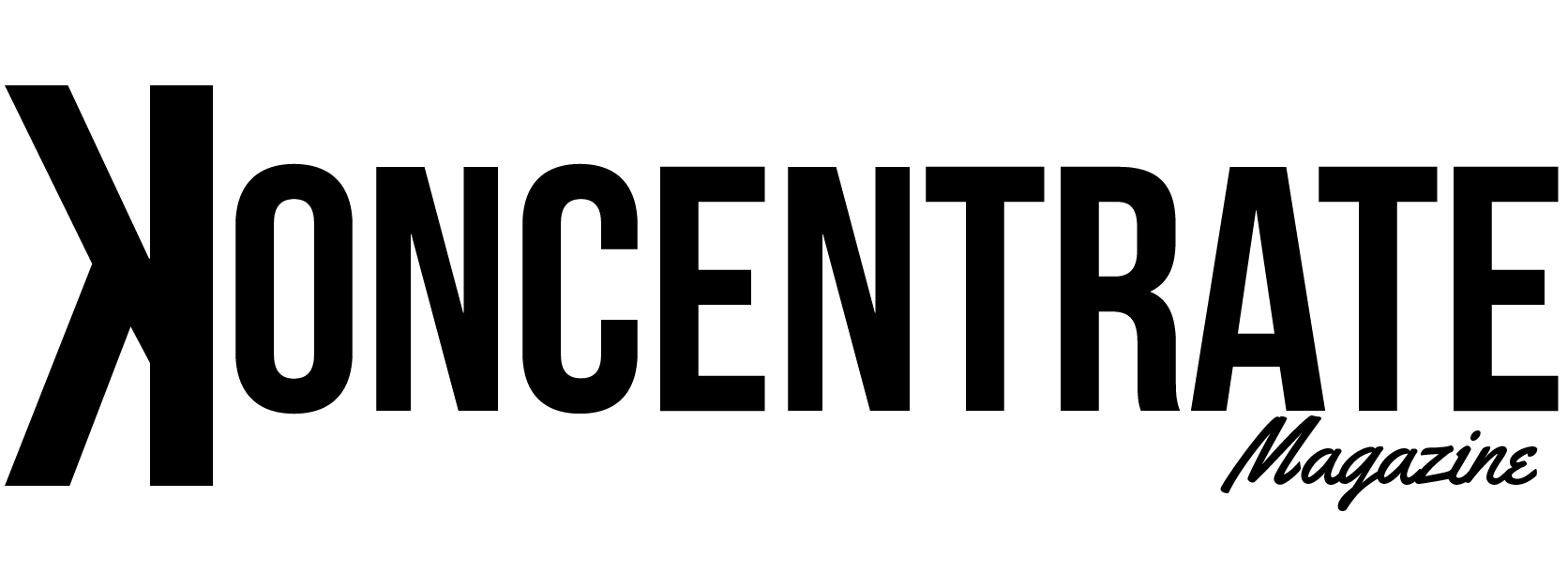18 May Spotify, Apple Music and The Future Of Ad Supported Streaming [Zach Fuller, MIDiA]
Musicians and labels have long been skeptical of Spotify’s free ad-supported tier, primarily because returns a lower per stream rate than Spotify’s, Apple Music’s or other paid subscription tiers. But according to MIDiA’s Zach Fuller, a recent makeover and the latest revenue stats show that Spotify is, at least somewhat successful, repositioning free streaming is not a replacement for retail but a replacement for radio.
__________________________
By Zach Fuller of MIDiA Research
Cast your mind back to streaming yesteryear, back when the format was yet to establish itself as the industry’s dominant source of revenue. Spotify pushed heavily for a free tier, citing its impressive conversion rates to paid subscriptions. Labels said it devalued their music and insisted on artificially priced streams on the ad-supported platform. This ‘all streams created equal’ model only harmed Spotify but still prevented labels from seeing what is now increasingly obvious: free streaming is not a replacement for retail but a replacement for radio.
“what a difference a year makes”
Those sceptics remain but what a difference a couple of years make, as it now appears that labels have seen the light. Spotify’s free ad-supported tier has been reimagined not as lower paid streaming but higher paid radio. Revenues were up 26% from €902 million/USD $1,061 million in Q1 2017 to reach €1,139 million/USD $1,034 million, though this was 1% down on Q4 2017. Premium revenue was €1,037 million/USD $1,22o million, comprising 91% of all revenues. Ad-supported revenues were €102 million/USD $120 million, growing at a faster rate (38%) than premium but contributing fewer net new dollars. Labels and publishers have empowered Spotify to fully commercialise its free user base and the dividends are now beginning to manifest, albeit from a low base.
Spotify’s tempestuous relationship with labels throughout its existence was exacerbated by the fact that labels had wanted all streams to be created equal. On the launch of Apple Music, Jimmy Iovine and co were vehemently against a free tier for streaming services. Now the tide has turned; Spotify’s most recent Q1 filings actually suggested that the most recent wave of label agreements have allowed ad-supported free tiers, to have revenues adjusted to localised digital markets revenues (much in the same way that YouTube’s model pays as a share of advertising revenue instead of a per stream basis).
Specifically:
Ad-supported gross margin increased dramatically from -18% to 13%, reflecting that this is where Spotify got the biggest rights holder rate cuts
That Spotify is now positioning itself to benefit most from these areas is a turning point in streaming service differentiation, having thus far struggled to escape the commodity trap. Apple Music is of course shielded from this issue as it has never wished to present itself as an advertising company, but rather one that is purely product driven. Apple Music is also an extension of the iPhone and voice control device, and the dicey strategy of advertising, which is by nature intrusive, can ruin a user experience if poorly targeted.
However, the ad opportunity which Spotify might have a clear run ahead of, if Apple does not wish to compete, is huge. With TV viewership declining, voice, along with social and ad-supported online video (YouTube), and music-related content will become one of the few opportunities to reach consumers. This will instigate a dramatic uptake in the advertising leverage of podcasts and music shows via both smartphones and the nascent voice control devices from Amazon, Google and Apple. In fact, it could very well be Amazon Music Unlimited, with its seamless integration with Alexa, that could become more of a headache for Daniel Ek if its fast-growing advertising business has designs on music and radio related content.
Apple Music will therefore attract its fair share of fans, but it is Spotify that is now free to effectively commercialise the far larger audience with lower ARPU of its free tier.
Powered by WPeMatico


Sorry, the comment form is closed at this time.